At EBTRON, we specialize in thermal dispersion airflow measurement technology and offer customized solutions that cater to the specific requirements of each project. What sets our sensor nodes apart is their exceptional durability. We use a thermoplastic assembly to house our thermistors and waterproof, marine-grade epoxy, which makes them impervious to moisture, direct water contact, and atmospheric acids. We have tested our sensors by immersing them in saltwater baths and exposing them to fuming acid baths, which is far beyond what you would encounter in the field. Moreover, our sensing nodes are calibrated to comply with NIST traceable airflow standards, and each sensor is independently tested and verified to meet these rigorous standards. All of this guarantees that our equipment will perform optimally in the long run and ensure that your building meets the ASHRAE standards and complies with local and national building code requirements.
At EBTRON, precision is our foundation. Our meticulous manufacturing process begins with calibrating each sensor and adhering to the U.S. National Institute of Standards and Technology (NIST). Each Bead-in-Glass thermistor has a rigorous aging process, ensuring stability. Calibrate it to achieve industry-leading temperature measurement accuracy.
Our commitment to excellence continues with assembling two thermistors into a sensor node. Each node undergoes a comprehensive calibration process in our state-of-the-art wind tunnels, meticulously assessed at 16 distinct velocity points. To further validate our precision, we employ an airflow reference standard calibrated within the renowned NIST air speed wind tunnel, cross-verified by a Laser Doppler Anemometer. This standard consistently demonstrates the lowest statistical uncertainty, especially within the required operating velocities, ranging from 10 to 5000 fpm.
At EBTRON, our dedication to quality and accuracy is the cornerstone of our commitment to providing the most reliable airflow measurement solutions.
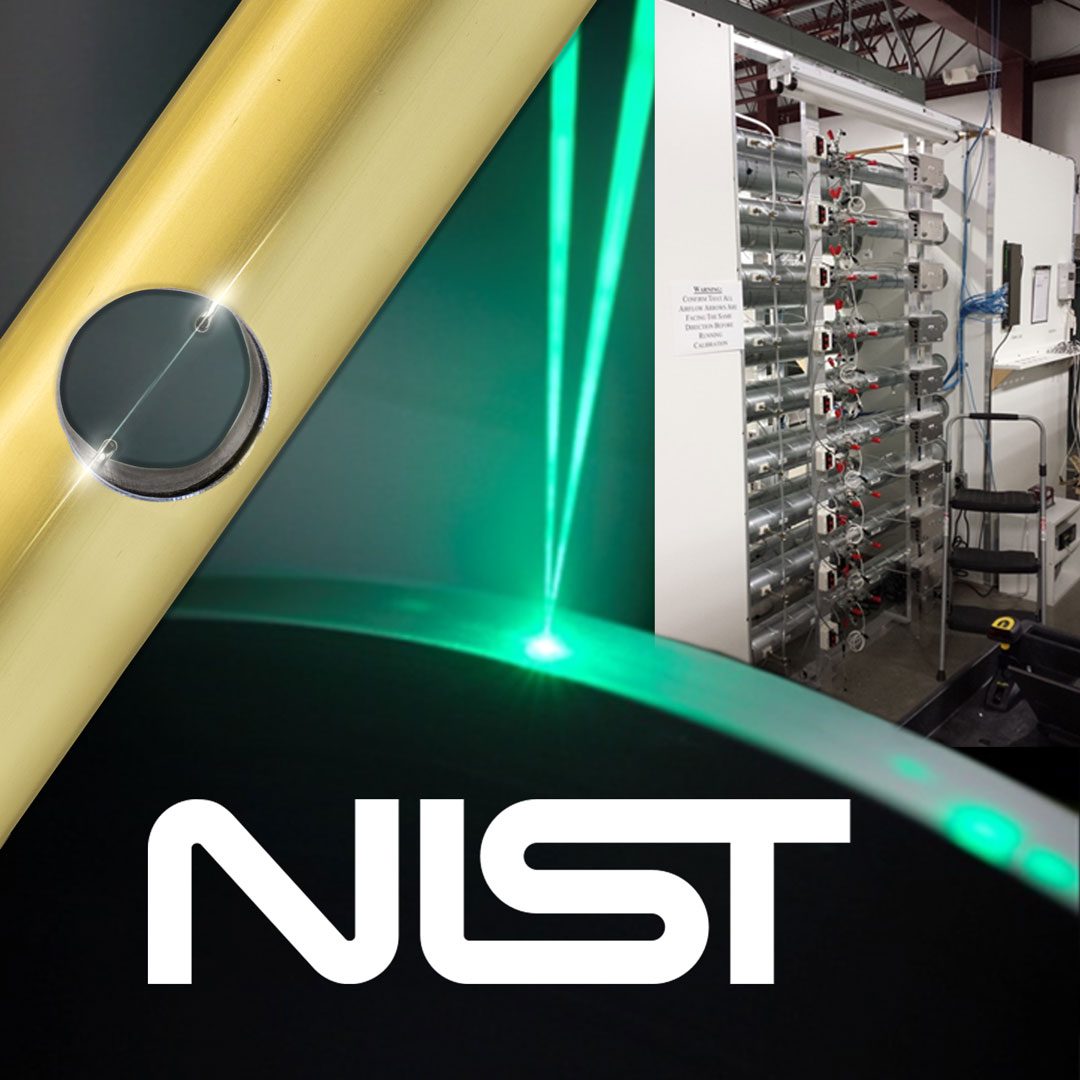
EBTRON is dedicated to producing safe and reliable products by certifying our products in the United States and Canada and carefully sourcing components, designing, manufacturing, and testing our products in accordance with temperature-indicating and regulating equipment standards. Our rigorous process follows proven methods and procedures using only approved products. This additional investment ensures a better outcome than those without this certification. Furthermore, our air velocity and temperature devices in the United States and Canada are tested and listed by UL as a complete assembly. The UL Follow-up Services subscription includes unannounced and random audits of our manufacturing facilities and quality control processes to ensure ongoing compliance with UL standards, ensuring we always deliver the best product.
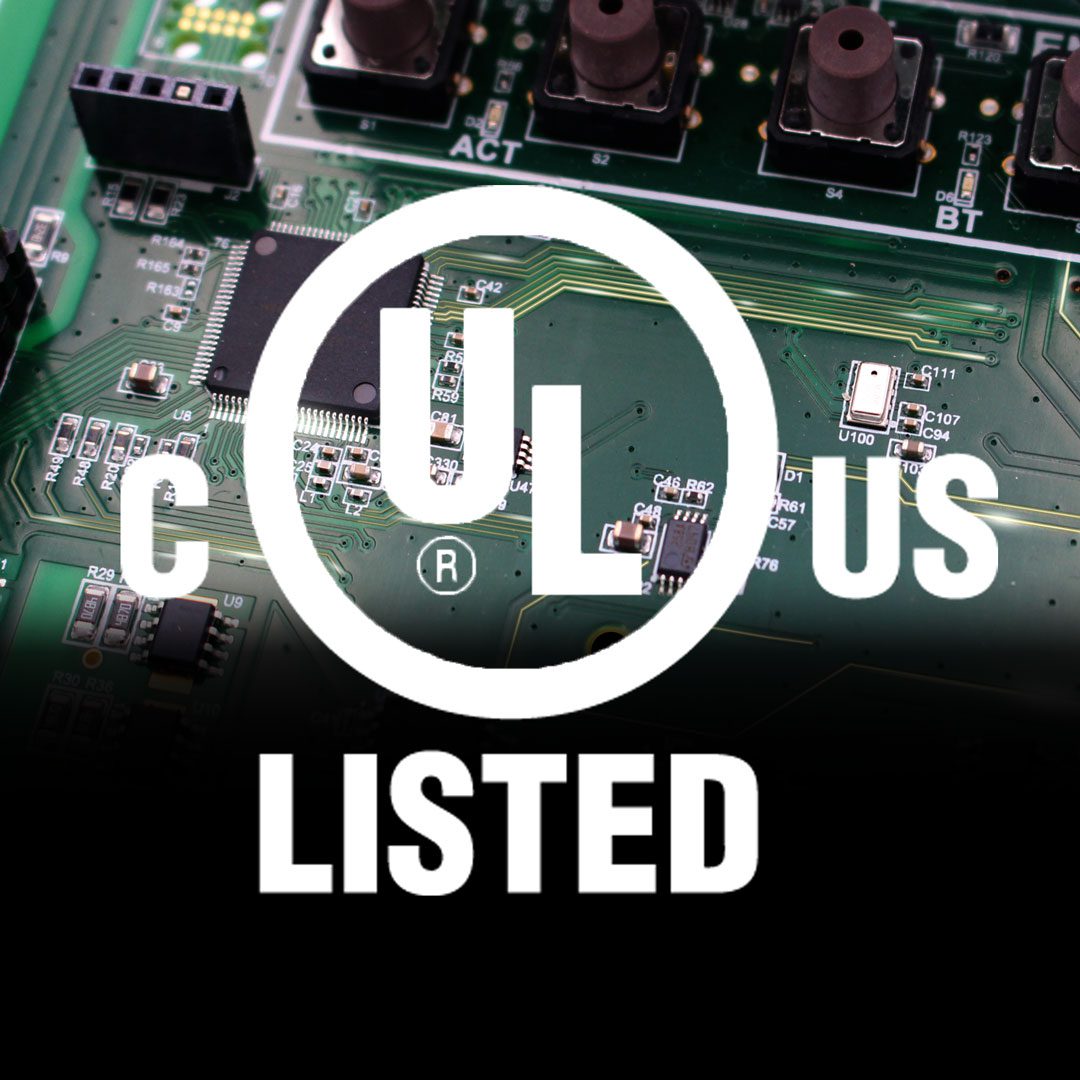
EBTRON conforms to the EU Directive to protect against electromagnetic disturbance in electronic and communication devices for health, safety, and reliability. We build our products to limit interference from and to other electrical products for safe and reliable operation. Although more than one method is allowed to certify compliance, EBTRON chooses to physically test its products with an independent testing lab to ensure compliance with the requirements of EMC Directives.
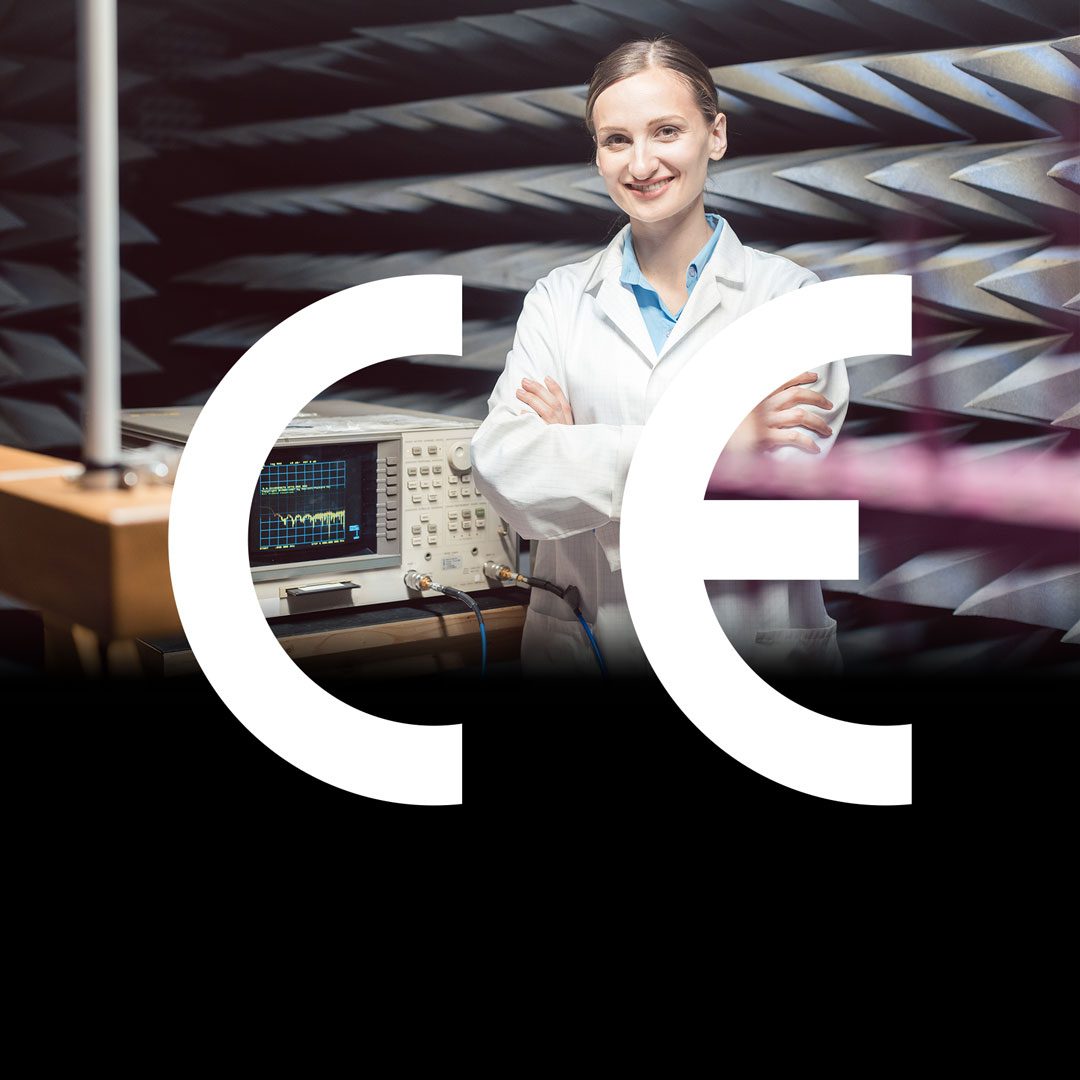
UKCA Mark certifies that EBTRON’s products meet the relevant regulatory requirements for health, safety, and reliability against electromagnetic disturbance. EBTRON designs to limit interference from and to other electrical products to ensure safe and reliable operation. To ensure compliance with UKCA requirements, EBTRON has its products verified by an independent lab.
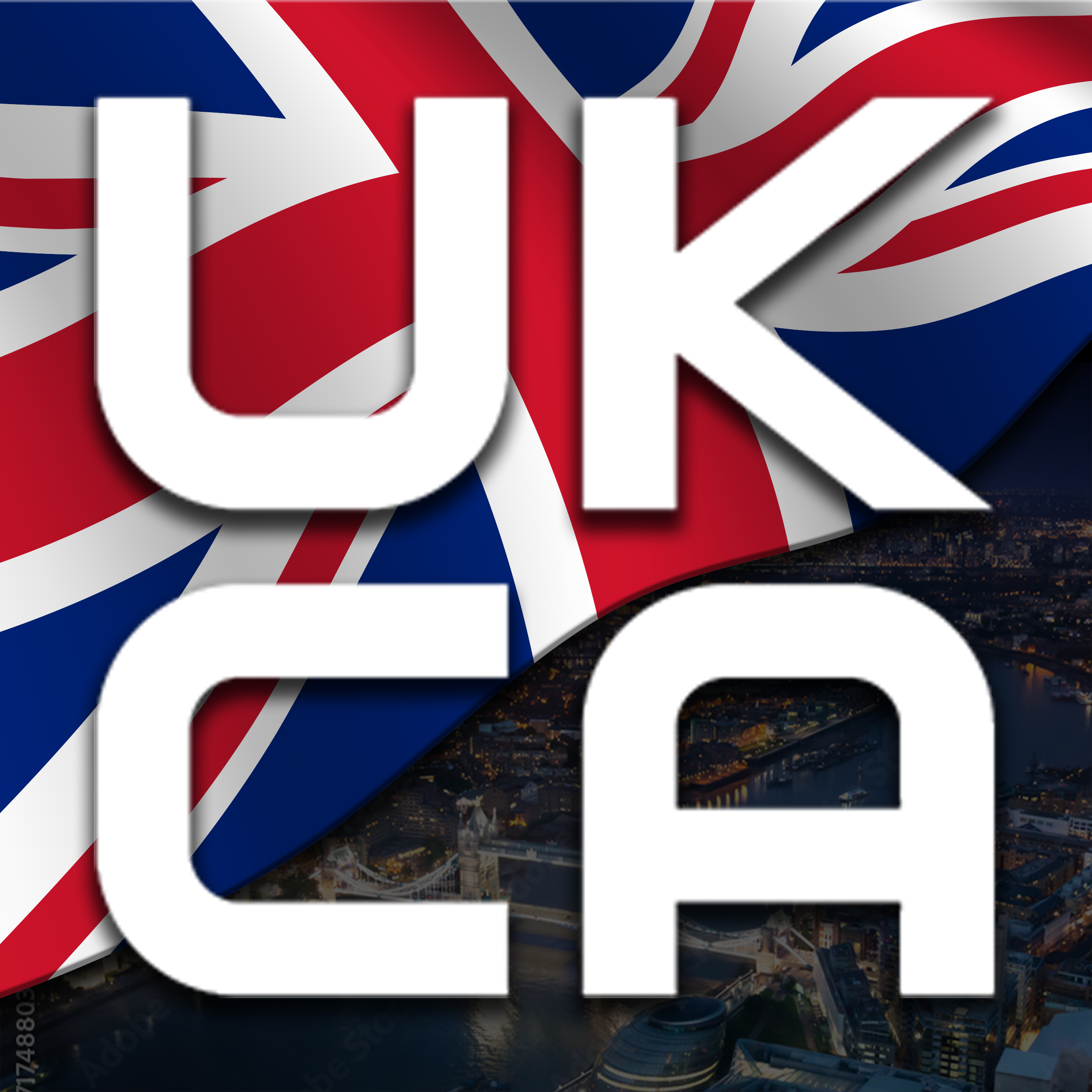
BACnet, the ASHRAE Building Automation and Control networking protocol, allows object-oriented interoperability between different manufacturers’ products, making integrating various building systems more accessible and robust. BACnet Testing Laboratories was created by BACnet International to independently validate operations in accordance with the ASHRAE BACnet Standard 135. EBTRON products offering BACnet are all certified by BACnet International. The BTL Listing assures products have been rigorously tested. We recommend only using BTL-listed products.
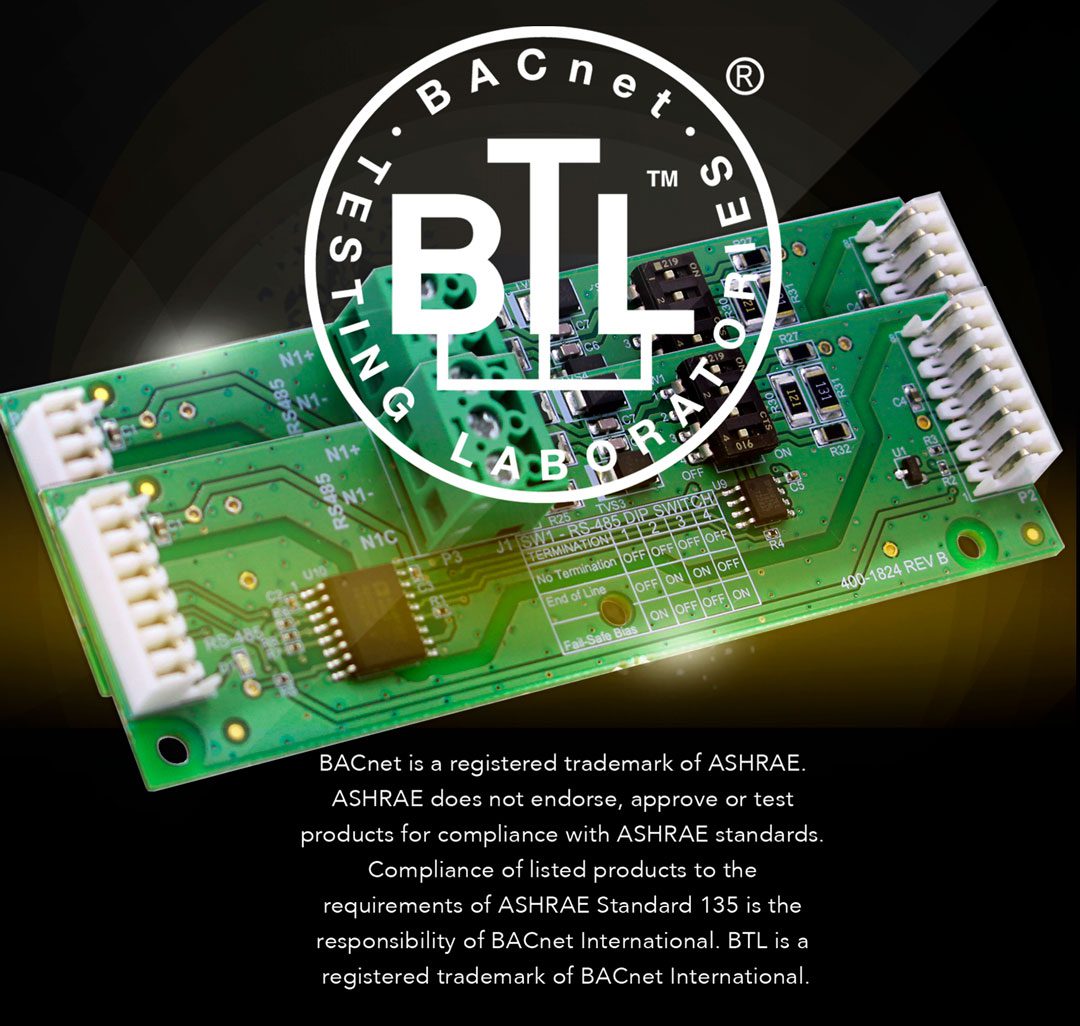
RoHS stands for Restriction of Hazardous Substances, a European Directive that limits and bans materials in electronic production that potentially harm manufacturing and the environment at the end of life. EBTRON focuses on sustainability in manufacturing, makes sourcing and manufacturing process decisions that differentiate us from competitors and complies with RoHS.
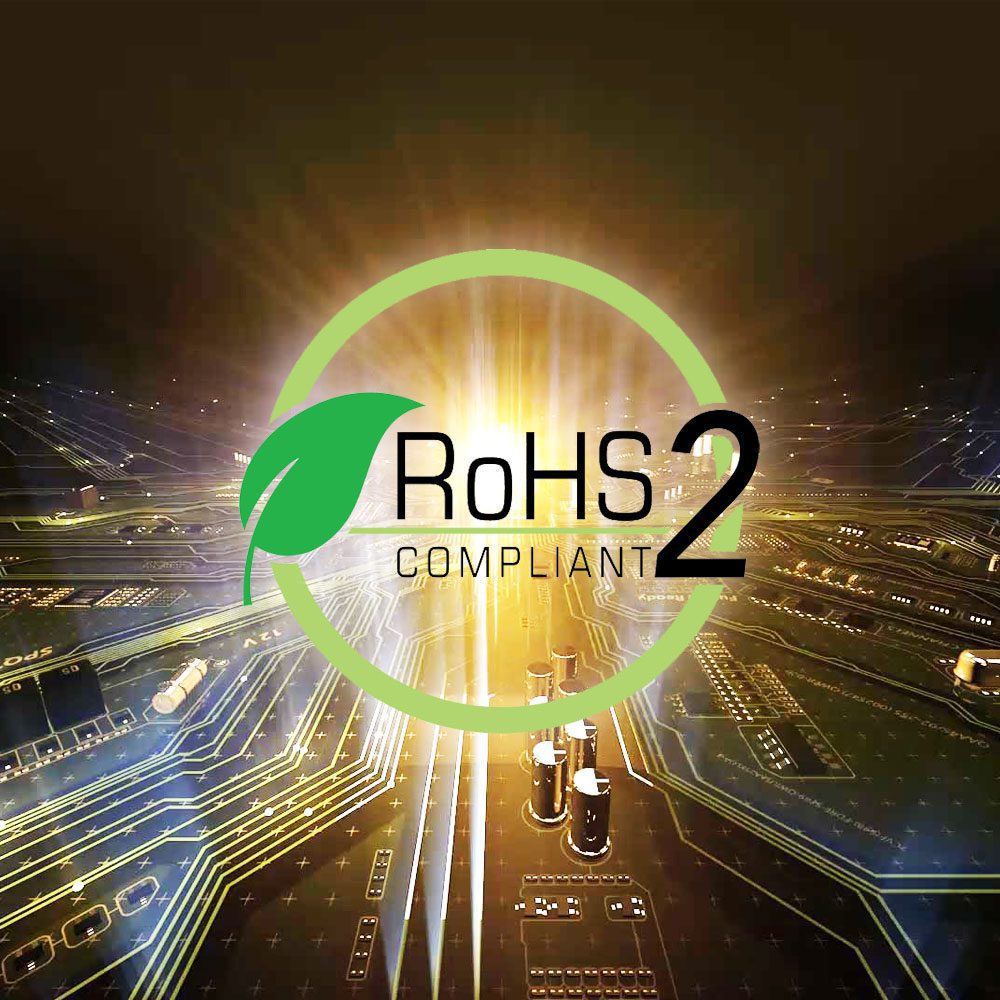
EBTRON products comply with the Federal Communications Commission regulations for radio frequency devices and Canada’s Radio Standard Specifications. EBTRON products are tested to ensure they do not produce unintentional or harmful RF interference and operate as intended when exposed to external interference.
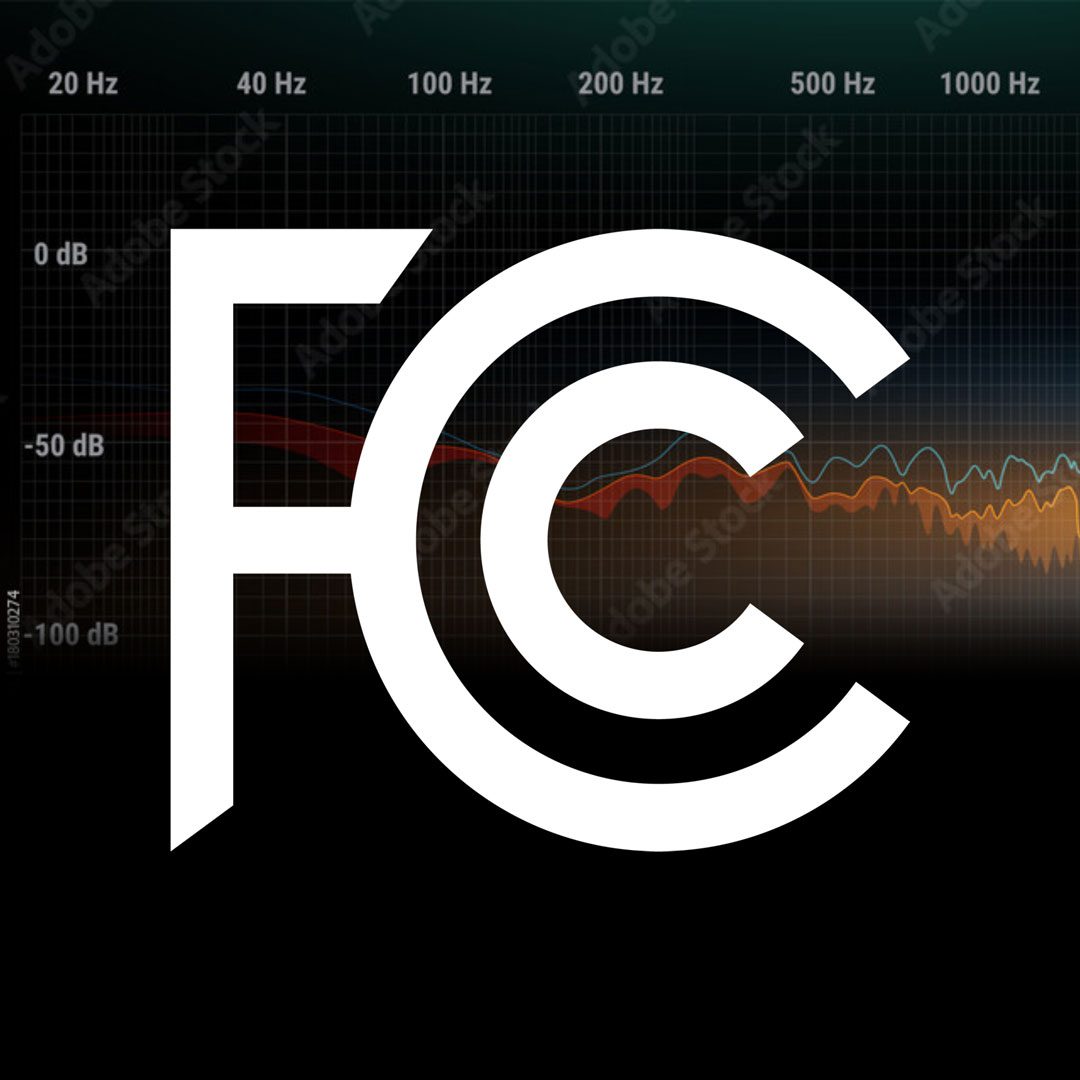
At EBTRON, we design products and select materials with a focus on accuracy, long-term stability, and reliability in harsh field conditions. This includes using gold-plated circuit boards and connectors, Bead-in-Glass thermistors, and Kynar®-coated wires.
Our sensing nodes are built for durability: hermetically sealed thermistors are embedded in a chemically and heat-resistant thermoplastic filled with waterproof marine epoxy. These nodes are capable of withstanding full water saturation and submersion—and continue functioning once dry.
To demonstrate their resilience, EBTRON’s sensing nodes were independently tested in extreme conditions for 30 days. One test submerged the nodes in a saltwater bath, while another exposed them to hydrochloric acid vapor inside a sealed container. The results? The materials held up—and the thermistors remained fully functional.
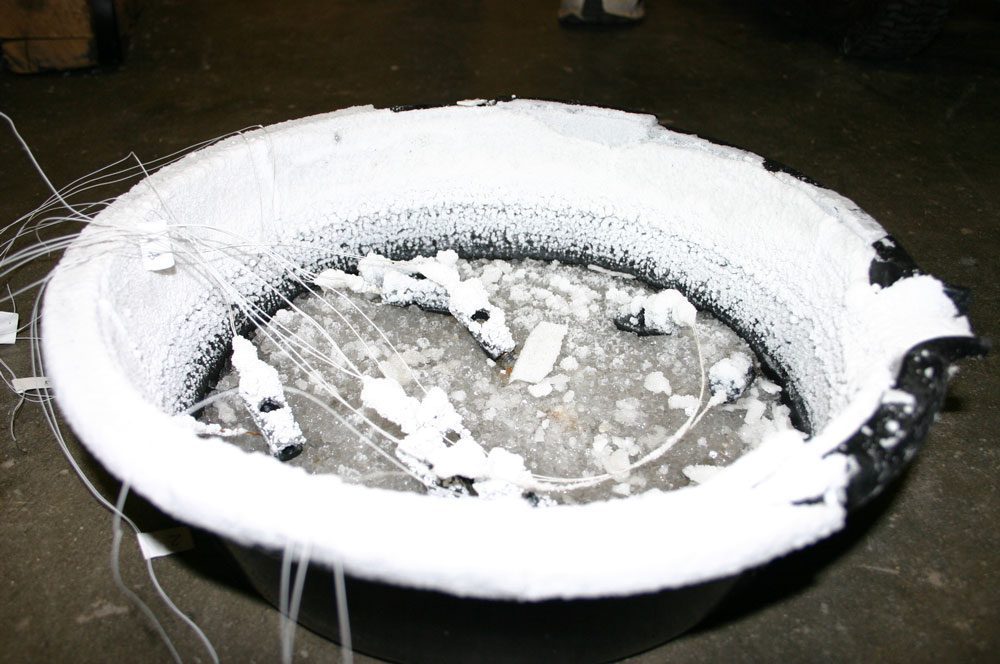
With EBTRON airflow measurement solutions, you can confidently navigate the ever-evolving landscape of building codes and standards. EBTRON high sensor density airflow measuring devices incorporated at a minimum in outdoor air, supply air, return air, and exhaust air are vital considerations to accurately measure flows to zones in DOAS and VAV systems. Additional airflow measuring devices may be needed to combat wind and stack effects. Avoid CO2 control to provide accurate and repeatable ventilation as it has drift, which is often misunderstood and applied. Select the correct airflow measurement device to suit the application. Whether it is ensuring the minimum ventilation or integrating enhanced ventilation with new control strategies, accurate and repeatable measurement of outdoor ventilation air is necessary to achieve the most efficient system operation and comply with standards and codes. Not only will real-time airflow measurement provide the flow rate, but this valuable data can be used to set upper and lower limits, maintain proper pressurization throughout operating conditions, perform ventilation load calculations, reset rates as conditions change, and initiate alarms.
Ensure you meet ventilation requirements such as the International Mechanical Code (IMC) and Uniform Mechanical Code (UMC) based on the Ventilation Rate Procedure from ASHRAE 62.1. The ventilation healthcare requirements adopted by state health departments and the Centers for Medicare and Medicaid Services (CMS) are focused similarly on ASHRAE Standard 170, which governs pressure flow directions and air change rates for different room types in hospitals and clinics. The International Energy Conservation Code (IECC) and ASHRAE 90.1 instruct on demand control ventilation for high-occupancy areas. The California Energy Commission (CEC) has required ventilation rates and DCV for many systems. ASHRAE 189.1 is the standard for high-performance green buildings and references ASHRAE 62.1 and outdoor air monitoring for VAV systems.
Uncontrolled airflow rates affect occupant health, well-being, and thermal comfort. When you combine occupant benefits with the decrease in engineer and owner risk, the cost of airflow measurement (typically $0.10 to $0.20 per sq. ft. of floor area) pales compared to its benefits. Consider incorporating EBTRON into your existing or next high‐performance building!
EBTRON, A measurable difference!
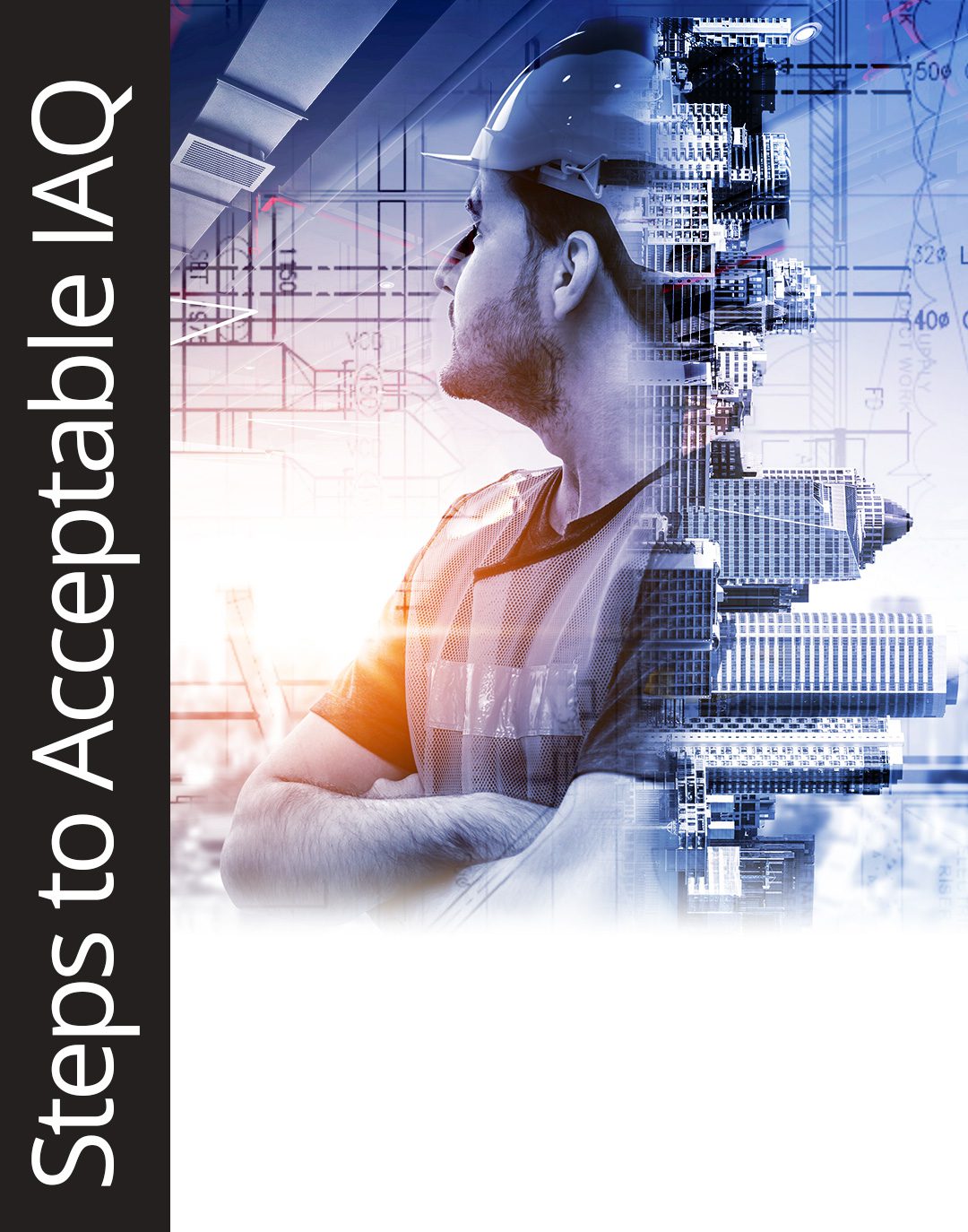
IAQ liability has become a major consideration for design and operation of buildings. As building have tighter construction and attempt to reduce energy usage a balance is required to provide quantities of conditioned ventilation air to improve indoor air quality. A large U.S. insurer of liability insurance programs for architects, engineers, and environmental consultants’ estimates that 49% of claims in court and 60% of the claims dollars for MEP engineers is related to the HVAC system; often these claims are a result of poor IAQ.
Methods of reducing risk exposure target how a building is set up and operated. Control uncertainties for intake airflow can range in relative terms from 5 to 25% for direct methods, and from 20 to 150% for indirect methods. EBTRON provides the best solution for direct measurement and has third party verification for the individual sensors, complete assembly, and for use internationally.
EBTRON’s airflow measurement stations can provide monitoring and verification that the code ventilation requirements are attained. Demand control ventilation (DCV) is required by the energy code in certain applications.
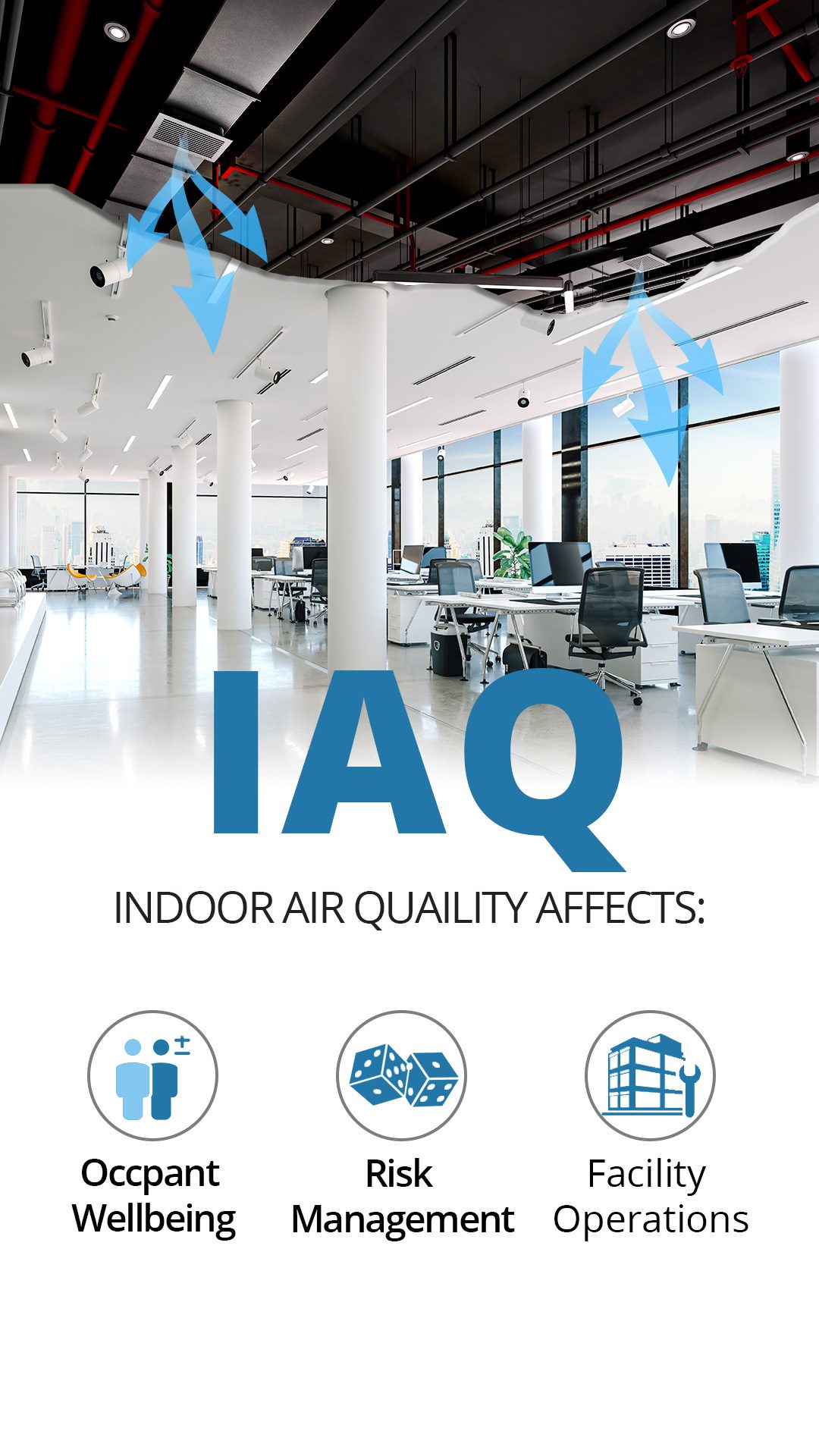
ASHRAE standards provide essential guidelines for designing and maintaining safe, energy-efficient, and healthy building systems. These standards cover areas such as ventilation, indoor air quality, thermal comfort, and energy use, helping engineers and facility professionals create and operate high-performing buildings.
ASHRAE 62.1
ASHRAE 170
ASHRAE 90.1
ASHRAE 189.1
The California Energy Code, also known as Title 24, sets energy efficiency standards for residential and nonresidential buildings throughout the state. It aims to reduce energy consumption, lower greenhouse gas emissions, and promote sustainable building practices by establishing requirements for lighting, insulation, HVAC systems, and other key elements.
Section 120.1 Requirements for Ventilation and Indoor Air Quality
The California Mechanical Code (CMC) establishes design, construction, and installation standards for mechanical systems like heating, ventilation, and refrigeration in California. It is a fully integrated code based on the 2024 Uniform Mechanical Code (UMC) and includes provisions for safety and public welfare. The most current version is the 2025 California Mechanical Code, which will be effective January 1, 2026.
2025 California Mechanical Code, Title 24 Part 4
The IAPMO sets guidelines to reduce public risk by outlining technical standards for the design, materials, installation, and upkeep of plumbing systems. The Uniform Codes focus on ensuring that professionals are properly trained, that safe and effective materials and methods are used, and that all plumbing work meets established standards and is well maintained over time.
Uniform Mechanical Code
EBTRON’s airflow measurement stations can provide monitoring and verification that the code ventilation requirements are attained. Demand control ventilation (DCV) is required by the energy code in certain applications.

© 2023, EBTRON, Inc.
